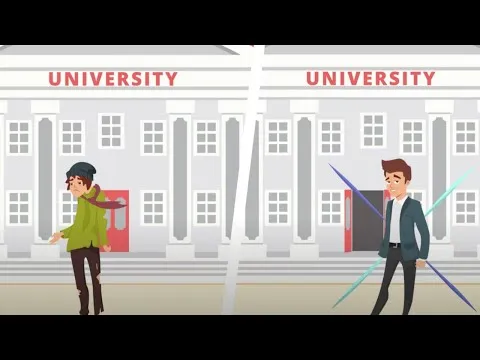Without Bold Fiscal Choices, only Catastrophes Make the World Less Unequal
There is much concern today about growing inequalities in many aspects of human life – income and wealth, but also education and health. Those who reside in the rich part of the world are used to thinking that even if our society is unequal, it is at least less so than in the Middle Ages. But is this true?
The ERC-funded EINITE (Economic Inequality across Italy and Europe, 1300-1800) project led by Guido Alfani reached the surprising conclusion that in Western Europe at the beginning of the 14th century the share of material wealth owned by the richest 10% was about as large as today, as shown in this video, produced by BUILT (Bocconi University Innovations in Learning and Teaching).
The Medieval world was soon to become more egalitarian. In the years 1347-52, the Black Death killed about half the European population and made wealth more evenly spread. In a few years, the richest 10% lost their grip on 15-20% of the overall wealth, to the advantage of all the other sectors of society.
Inequality continued to decline for about a century. Indeed, the demographic collapse had made land abundant and labour scarce. Higher wages allowed for more people to acquire cheaper land – in a sort of buyer's market. This egalitarian situation started to change from the late 15th century when inequality resumed growing, and kept growing for centuries.
«At the beginning of the 19th century, the series produced by EINITE matches almost perfectly the one reconstructed by Thomas Piketty», Prof. Alfani says. Inequality continued to grow during the industrialisation period and until the eve of World War I. Around 1910, wealth inequality in Western Europe had never been so high: the richest 10% owned about 90% of the overall wealth.
During 1914-45, the shocks related to the World Wars led inequality down again. The redistributive policies of the postwar period contributed to reduce wealth inequality further – which finally became lower than in the Middle Ages. But then, from the 1970s, inequality resumed growing – until today.
If we look at the last seven centuries, it seems that only the worst catastrophes were able to cause a lasting levelling of the wealth distribution. Catastrophes notwithstanding, should we conclude that growing inequality is our destiny? Surely, European history does not offer much support to the idea that one day economic inequality will decrease on its own. But there is also reason to think that human action can shape inequality dynamics.
One example of this is the early modern period when inequality growth was also caused by increasing taxation – as the fiscal burden weighed proportionally less on the rich than the poor. On the contrary, after World War II, fiscal redistribution and the development of the welfare state contributed to creating a more egalitarian society.
«History does not show us whether we should want a less unequal society. Indeed, that is the object of intense political debate. What history does teach us is that if we want a less unequal society, we need to act to achieve it. Otherwise, inequality seems really destined to continue growing». Prof. Alfani concludes.
Is Inequality Unstoppable?
